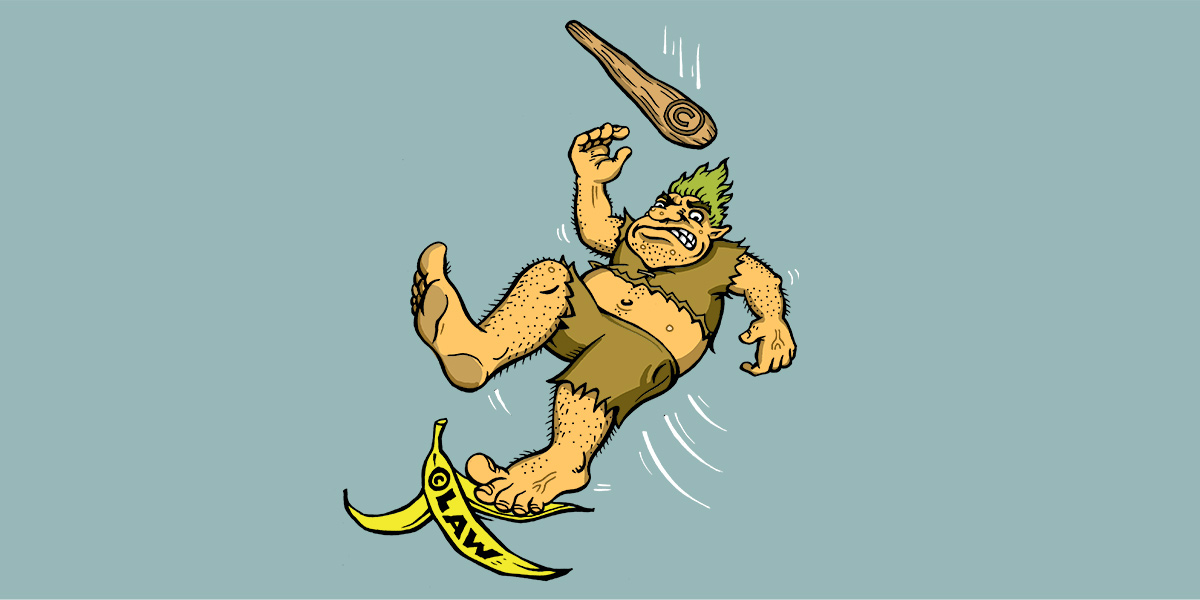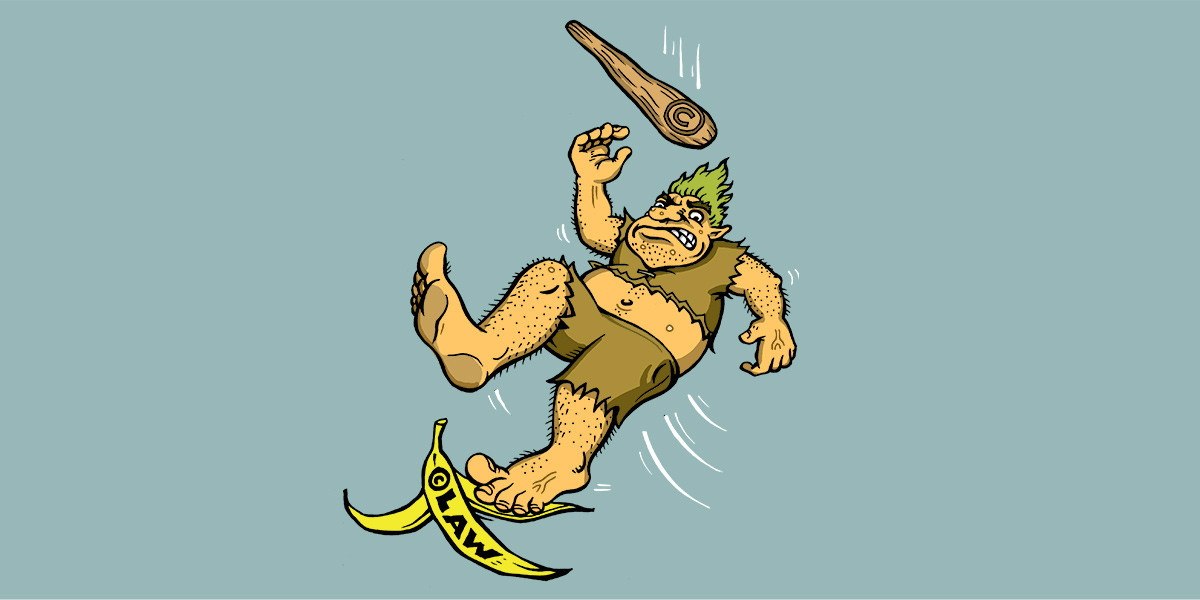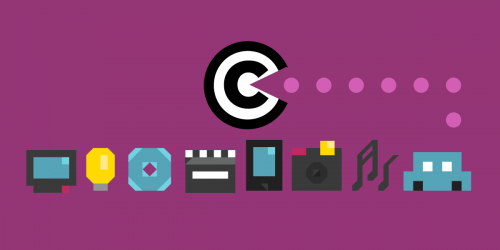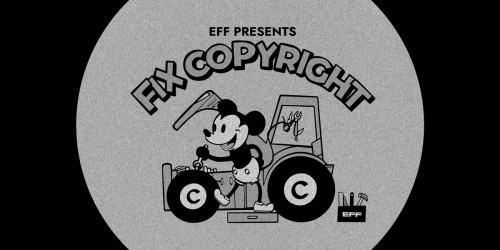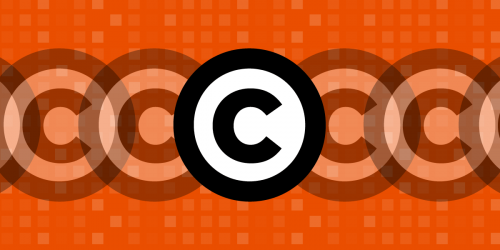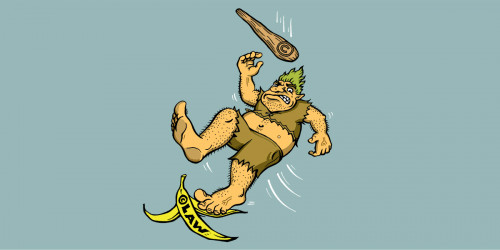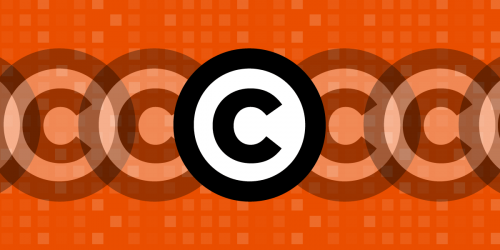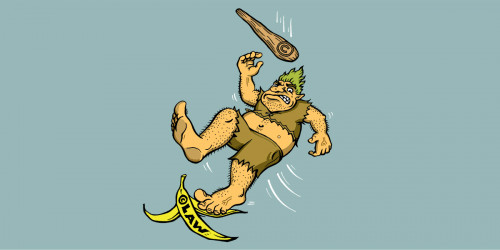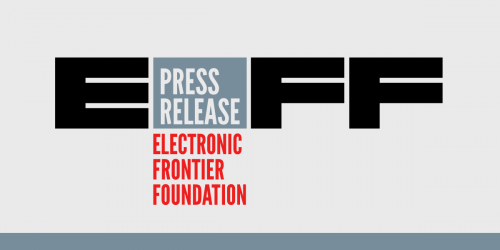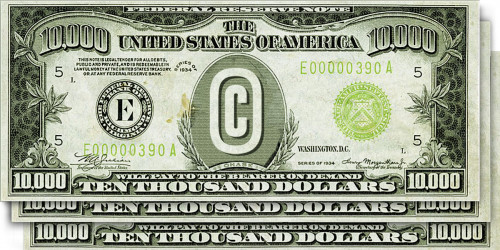At EFF, we spend a lot of time calling out the harm caused by copyright trolls and protecting internet users from their abuses. Copyright trolls are serial plaintiffs who use search tools to identify technical, often low-value infringements on the internet, and then seek nuisance settlements from many defendants. These trolls take advantage of some of copyright law’s worst features—especially the threat of massive, unpredictable statutory damages—to impose a troublesome tax on many uses of the internet.
On Monday, EFF continued the fight against copyright trolls by filing an amicus brief in Warner Chappell Music v. Nealy, a case pending in the U.S. Supreme Court. The case doesn’t deal with copyright trolls directly. Rather, it involves the interpretation of the statute of limitations in copyright cases. Statutes of limitations are laws that limit the time after an event within which legal proceedings may be initiated. The purpose is to encourage plaintiffs to file their claims promptly, and to avoid stale claims and unfairness to defendants when time has passed and evidence might be lost. For example, in California, the statute of limitations for a breach of contract claim is generally four years.
U.S. copyright law contains a statute of limitations of three years “after the claim accrued.” Warner Chappell Music v. Nealy deals with the question of exactly what this means. Warner Chappell Music, the defendant in the case, argued that the claim accrued when the alleged infringement occurred, giving a plaintiff three years after that to recover damages. Plaintiff Nealy argued that his claim didn’t “accrue” until he discovered the alleged infringement, or reasonably should have discovered it. This “discovery rule” would permit Nealy to recover damages for acts that occurred long ago—much longer than three years—as long as he filed suit within three years of that “discovery.”
How does all this affect copyright trolls? The “discovery rule” lets trolls reach far, far back in time to find alleged infringements (such as a photo posted on a website), and plausibly threaten their targets with years of accumulated damages. All they have to do is argue that they couldn’t reasonably have discovered the infringement until recently. The trolls’ targets would have trouble defending against ancient claims, and be more likely to have to pay nuisance settlements.
EFF’s amicus brief provided the court with an overview of the copyright trolling problem and gave examples of types of trolls. The brief then showed how an unlimited look-back period for damages under the discovery rule adds risk and uncertainty for the targets of copyright trolls and would encourage abuse of the legal system.
EFF’s brief in this case is a little unusual—the case doesn’t directly involve technology or technology companies (except indirectly, to the extent they could be targets of copyright trolls). The party we’re supporting is a leading music publishing company. Other amici on the same side include the RIAA, the U.S. Chamber of Commerce, and the Association of American Publishers. Because statutes of limitations are fundamental to the justice system, this infrequent coalition perhaps isn’t that surprising.
In many previous copyright troll cases, the courts have caught on to their abuse of the judicial system, and taken steps to shut down the trolling. EFF filed its brief in this case to ask the Supreme Court to extend these judicial safeguards, by holding that copyright infringement damages can only be recovered for acts occurring three years before the filing of the complaint. An indefinite statute of limitations would throw gasoline on the copyright troll fire and risk encouraging new trolls to come out from under the figurative bridge.


